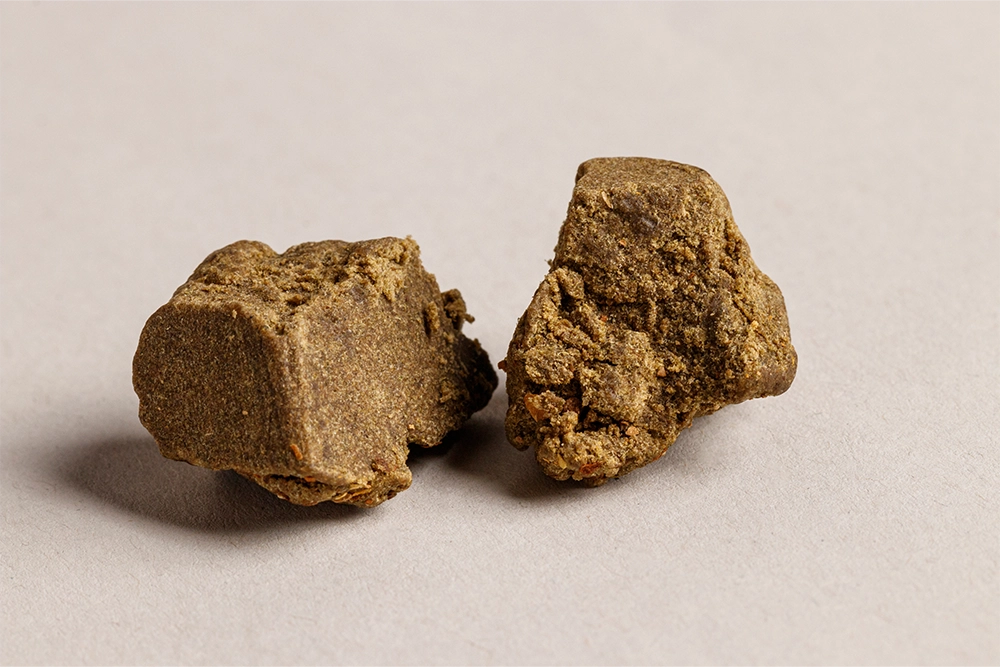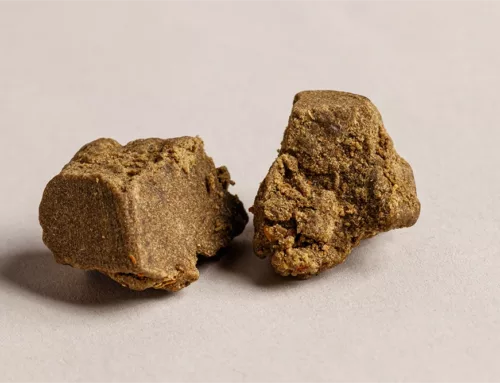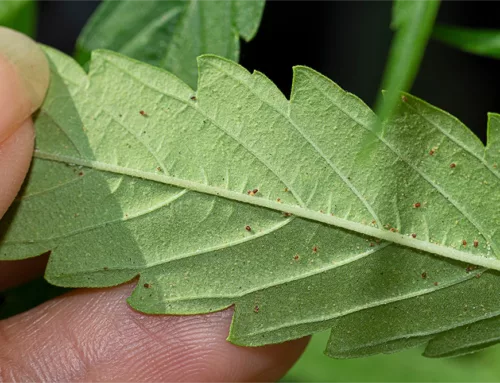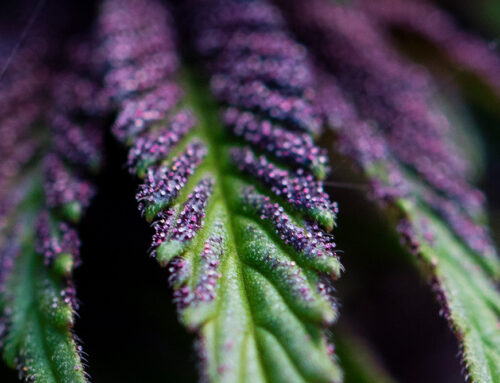There’s A Misconception about Autoflower vs Feminized Seeds
The misconception centers on two types of seeds: autoflowers vs photoperiods. Most people don’t understand that both types can remain regular or undergo the feminization process.
Two distinct categories of seeds in autoflowers and photoperiods often stand at the forefront of growers’ considerations. Despite a wealth of information available, there exists a prevailing misconception about the extent of the disparities between these seed types.
Beyond this confusion, the term “feminized seeds” adds an extra layer of complexity. It encompasses both photoperiod and autoflowering strains that have undergone a feminization process.
In this article, we embark on a journey to unravel these intricacies. We’ll shed light on the differences that separate autoflower and photoperiod cannabis plants. We’ll explore how these different types of cannabis seeds can become feminized seeds or remain regular.
By the end, you’ll have a comprehensive understanding of these distinctions. Once you understand the differences, you can make better choices in your cannabis cultivation endeavors.
The 4 Types of Cannabis Seeds
Photoperiod Seeds
Photoperiod seeds follow a natural growth cycle that is closely follows the changing seasons and the amount of light they receive.
These seeds require a specific balance of light and darkness to trigger their flowering stage. During their vegetative stage, photoperiod plants focus on developing a robust root and foliage system. With shorter days, these plants detect the shift in light duration and initiate their flowering phase when they grow outdoors. If you are growing weed indoors you will need to change the light cycle.
The ability to respond to changes in the light cycle enables cultivators to exercise greater control over the timing of flowering. This makes photoperiod seeds an ideal choice for those who wish to manipulate their cultivation schedule. It can also help align with specific environmental conditions or personal preferences.
Autoflower Seeds
Autoflower seeds, a revolutionary advancement in cannabis breeding, offer a distinct departure from the traditional photoperiod-dependent growth cycle.
These seeds start flowering automatically, regardless of the amount of light they receive. This unique trait stems from taking genetics from the cannabis ruderalis subspecies, which evolved in regions with extremely short growing seasons. As a result, autoflower cannabis plants transition from vegetative growth to flowering with remarkable speed, often in a matter of weeks. This rapid life cycle makes them particularly appealing to growers seeking quicker turnarounds and multiple harvests within a single growing season.
Autoflower seeds are well-suited for both indoor and outdoor cultivation, as they thrive under a wide range of lighting conditions. This flexibility, combined with their compact size, makes autoflowers an attractive option for those with limited space.
Feminized Seeds
Feminized seeds represent a remarkable advancement in cannabis breeding. They offer a solution to a fundamental concern for growers: the gender of their cannabis plants.
These seeds ensure a 99.9% chance of yielding female plants. This greatly reduces the need to determine the sex and remove male plants, which don’t produce the desired buds. Male plants also can potentially pollinate females, producing unwanted seeds in your buds.
Feminized seeds provide growers with greater consistency and efficiency in their cultivation efforts, as every plant can deliver valuable flowers. This precision in gender control has transformed the cannabis cultivation landscape, allowing growers to maximize their time and resources with confidence.
Regular Seeds
Regular seeds are the foundational building blocks of cannabis genetics.
Unlike their feminized counterparts, these seeds have not undergone any changes to ensure gender specificity. When planted, regular seeds have an equal chance of developing into either male or female plants.
While this might seem less controlled compared to feminized seeds, regular seeds play a crucial role in preserving genetic diversity. They offer growers the opportunity to explore and refine breeding projects. They also let growers select the most vigorous and desirable phenotypes for further propagation.
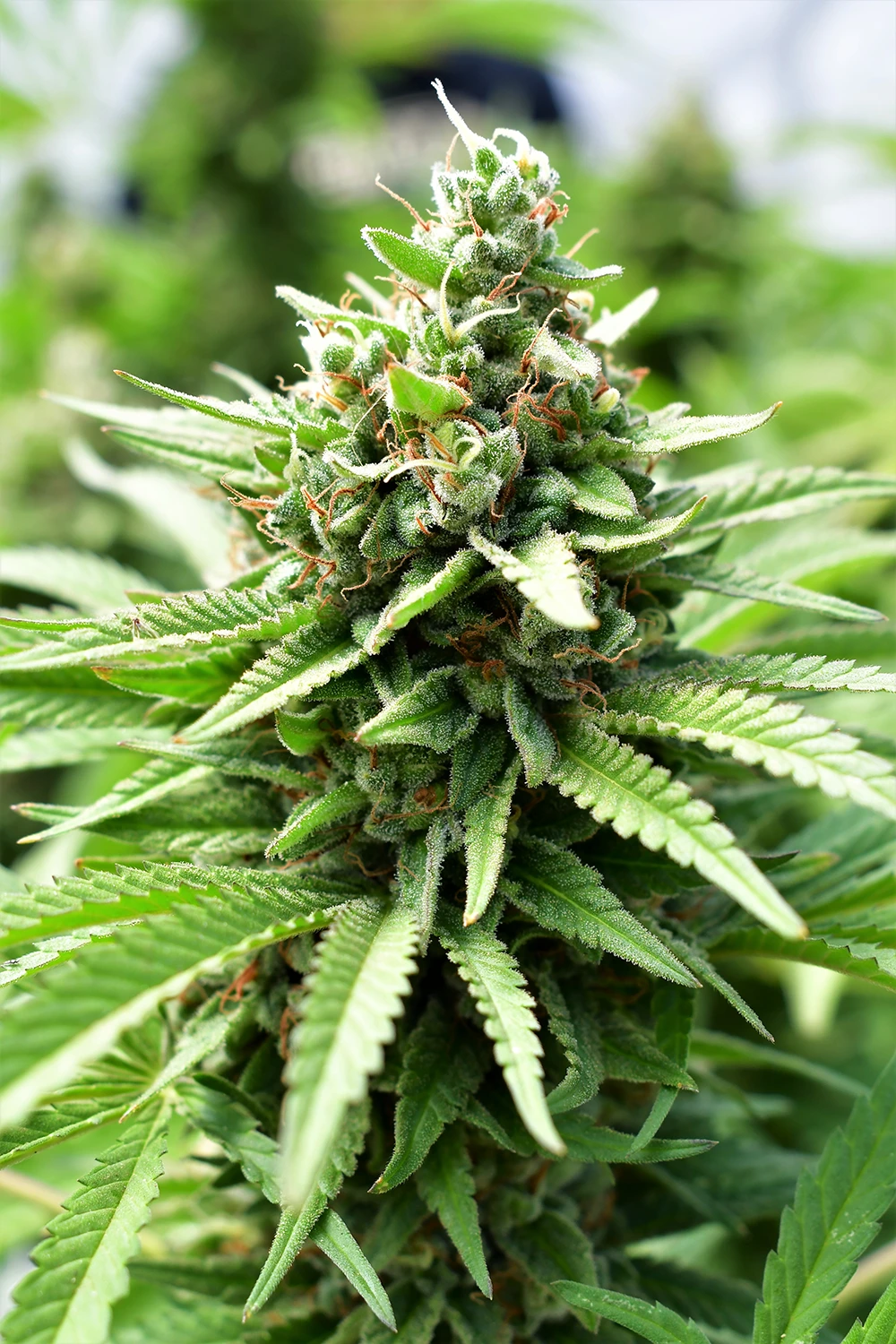
Photoperiod vs autoflowers
When comparing photoperiod and autoflowering cannabis seeds, several key distinctions emerge that influence cultivation strategies and outcomes.
One significant difference lies in their growth patterns and size. Photoperiod plants typically have a longer vegetative phase, allowing them to become larger compared to autoflowers. This size discrepancy directly impacts the yield potential, as larger plants often translate to higher bud production.
Additionally, the light schedule required for optimal growth varies between the two types. Photoperiod plants necessitate a specific light cycle (usually 18/6 or 24/0 during vegetative and 12/12 during flowering) to trigger flowering. Autoflowers automatically transition to the flowering phase without being dependent on light duration, making them easy to grow.
Consequently, autoflowers tend to have a quicker life cycle. This can be ideal for growers seeking multiple harvests within a single season. They can mature from seed to harvest in under 100 days.
However, this shorter growth period can sometimes result in reduced yields compared to their photoperiod counterparts. Therefore, the choice between photoperiod and autoflowering plants often pivots on a cultivator’s goals.
The decision between growing photoperiod or autoflowering seeds hinges on your specific cultivation objectives and preferences. Opt for photoperiod seeds if you prioritize maximizing yield potential and having control over the growth cycle’s timing.
Conversely, if you seek a quicker harvest, have limited cultivation space, or prefer simplified light management, grow autoflowers. Regardless of your choice, high THC content and flavor won’t be lacking due to the type of seed. Instead, the influence comes through the specific variety or strain you decide to grow.
Frequently asked questions about autoflowers
Are auto flower cannabis seeds less potent than regular photoperiod seeds?
After careful breeding between Cannabis sativa and indica with ruderalis we have been able to increase THC levels to the same level as those found in photoperiod strains.
How long does it take auto flower cannabis seeds to flower?
65-100 days depending on variety, compared to the average 200-270 days of full season outdoor photoperiod strains, you can enjoy your harvest much faster.
Can auto flower seeds be grown outdoors?
Growing autoflowers outdoors is an easy way to grow multiple harvests a season without manipulating the natural light schedule.
How to grow autoflower Cannabis Seeds?
Growing autoflowers is very similar to growing photoperiod plants but you need to make special precautions to not induce stress. Because these plants evolved to begin flowering at the first sign of stress you want to ensure their life is an easy one to maximize their size and yield.
Do autoflower seeds require special nutrients?
All cannabis plants require the same 18 essential nutrients but the proportion of these nutrients changes from grow to bloom faster than a photoperiod plant due to their shorter vegetative cycle.
Can autoflower cannabis seeds be cloned?
No, You can not keep an autoflower in a vegetative state so there is no point in cloning an autoflower especially because the stress of cloning will probably induce premature flowering, further reducing size and yield.
Are autoflower seeds suitable for indoor growing?
Yes, autoflower plants can be grown indoors and do not require a change in light cycle. Their entire life cycle can be grown under 12/12 or 18/6 light to dark depending on your resources.


